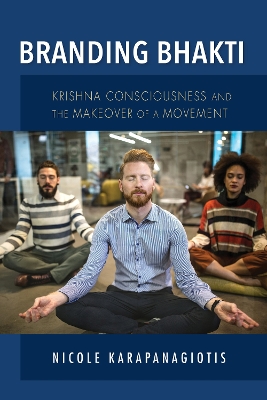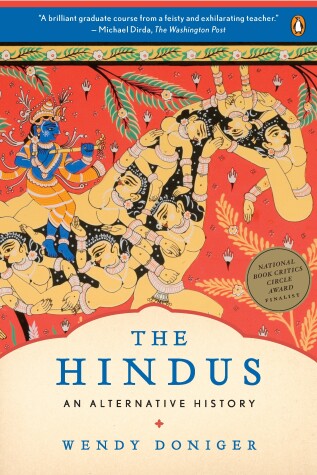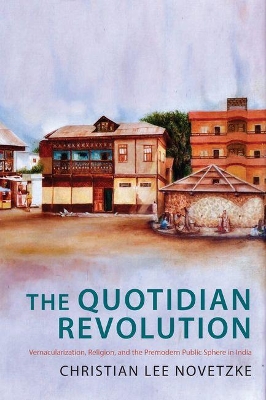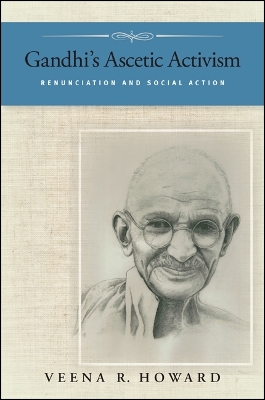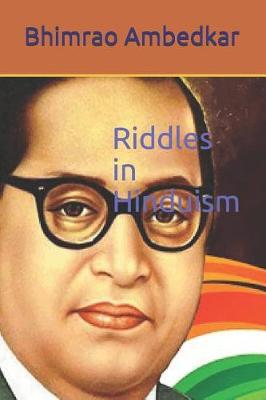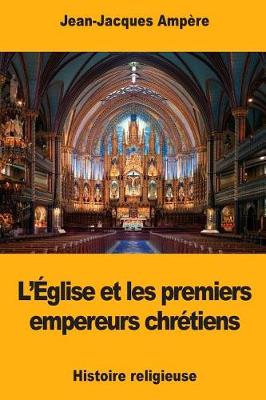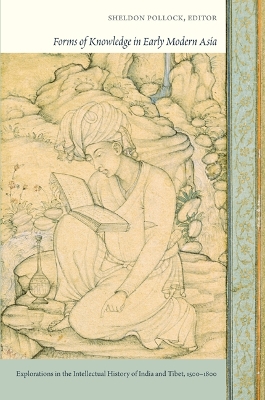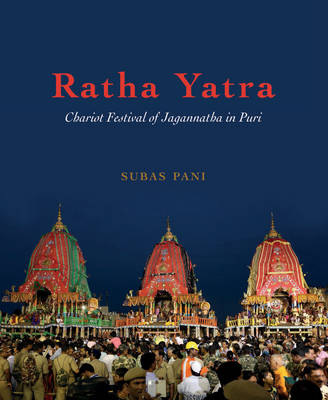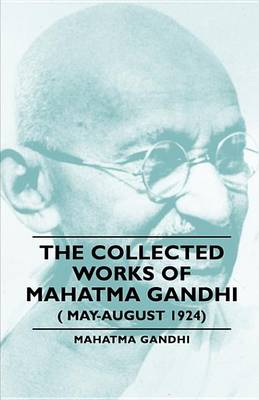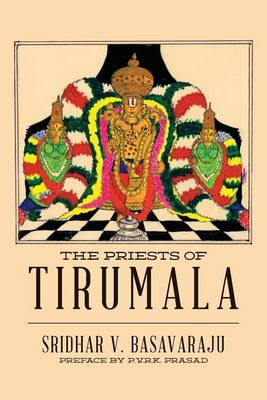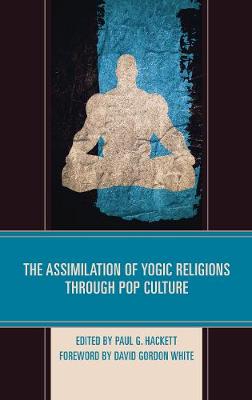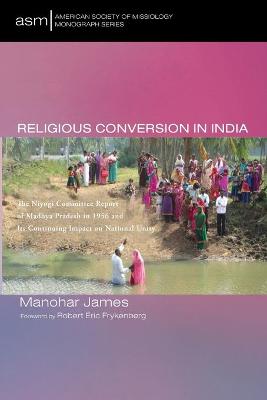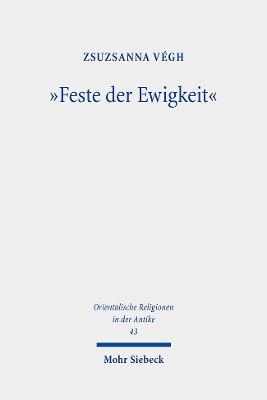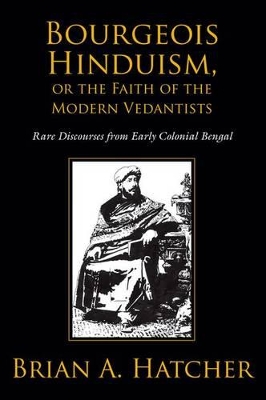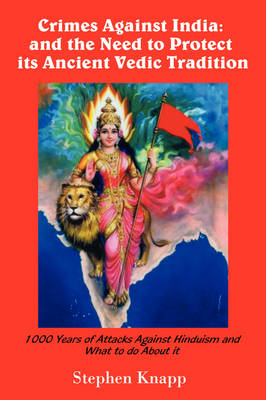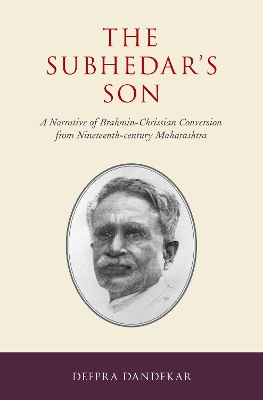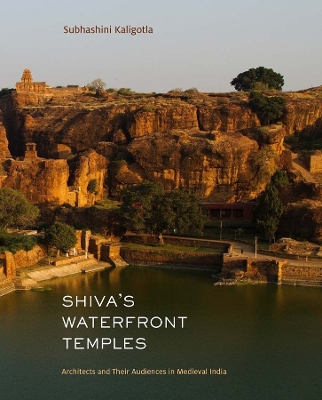How do religious groups reinvent themselves in order to attract new audiences? How do they rebrand their messages and recast their rituals in order to make their followers more diverse? In Branding Bhakti, Nicole Karapanagiotis considers the new branding of the Hare Krishna Movement, or the International Society for Krishna Consciousness (ISKCON). Known primarily for their orange robes, shaved heads, ecstatic dancing on the streets, and exuberant Hindu-style temple worship, many contemporary I...
"Don't miss this equivalent of a brilliant graduate course froma feisty and exhilarating teacher." -The Washington Post An engrossing and definitive narrative account of history and myth, The Hindus offers a new way of understanding one of the world's oldest major religions. Hinduism does not lend itself easily to a strictly chronological account. Many of its central texts cannot be reliably dated within a century; its central tenets arise at particular moments in Indian history and often d...
The present volume is focused on the interactions and syncretistic tensions between religion and philosophy in Late Antiquity. A variety of papers examine issues of personal religious attitudes, initiation to the mysteries, Orphism, notions of theurgy, magic, the philosopher's quest for intimacy or union with the divine, magic and Christianity, the role of prayer in philosophical texts, and oracles, dream-visions and divination. The contributions include a wide range of specialisations, such as...
In thirteenth-century Maharashtra, a new vernacular literature emerged to challenge the hegemony of Sanskrit, a language largely restricted to men of high caste. In a vivid and accessible idiom, this new Marathi literature inaugurated a public debate over the ethics of social difference grounded in the idiom of everyday life. The arguments of vernacular intellectuals pushed the question of social inclusion into ever-wider social realms, spearheading the development of a nascent premodern public...
Forms of Knowledge in Early Modern Asia
In the past two decades, scholars have transformed our understanding of the interactions between India and the West since the consolidation of British power on the subcontinent around 1800. While acknowledging the merits of this scholarship, Sheldon Pollock argues that knowing how colonialism changed South Asian cultures, particularly how Western modes of thought became dominant, requires knowing what was there to be changed. Yet little is known about the history of knowledge and imagination in...
Un YHWH venant du Sud? (Orientalische Religionen in der Antike, #39)
by Fabian Pfitzmann
Dans cette enquete, Fabian Pfitzmann tente de deplacer le debat sur les origines de YHWH. Son but n'est pas de travailler sur l'origine historique de YHWH mais de comprendre comment les traditions qui parlent d'un YHWH qui vient du sud, s'articulent aux autres traditions veterotestamentaires. En effet, son travail part du constat peu releve par la recherche jusqu'ici, que les textes poetiques qui declarent que YHWH est venu du Neguev (Jg 5,4-5 ; Ps 68,8-9 ; Ha 3 ; Dt 33,2) ne parlent pas ou peu...
The New Day of Atonement (Wissenschaftliche Untersuchungen zum Neuen Testament 2. Reihe, #517)
by Hans M. Moscicke
In this work, Hans M. Moscicke investigates the influence of the Day of Atonement on Matthew's passion narrative. The author argues that the First Evangelist crafts a sustained Yom Kippur typology in the twenty-seventh chapter of his Gospel and then remodels the Barabbas episode (Matt 27:15-26) as a Yom Kippur lottery between two "goats”. Pilate acts as high priest, designating Jesus as the immolated goat and Barabbas, along with the crowd, as a sin-bearing scapegoat. Matthew also casts Jesus as...
The image of the meditating yogi has become a near-universal symbol for transcendent perfection used to market everything from perfume and jewelry to luxury resorts and sports cars, and popular culture has readily absorbed it along similar lines. Yet the religious traditions grounding such images are often readily abandoned or caricatured beyond recognition, or so it would seem. The essays contained in The Assimilation of Yogic Religions through Pop Culture explore the references to yogis and th...
Religious Conversion in India (American Society of Missiology Monograph, #55)
by Manohar James
"Feste der Ewigkeit" (Orientalische Religionen in der Antike)
by Zsuzsanna Vegh
Die jahrlich gefeierten Feste zu Ehren des Gottes Osiris, des Herrschers des Totenreiches, in der Stadt Abydos, Begrabnisort der fruhesten Koenige AEgyptens, zahlten zu den wichtigsten religioesen Feierlichkeiten im alten AEgypten. Menschen aus dem ganzen Land reisten dorthin, um an den Feiern teilzunehmen und durch die Aufstellung einer Stele ihre ewige Festteilnahme zu sichern. In ihrer Studie bietet Zsuzsanna Vegh eine systematische Untersuchung der Inschriften dieser Stelen und schafft dadur...
In 1839 a diverse group of Hindu leaders began gathering in Calcutta to share and propagate their faith in a non-idolatrous form of worship. The group, known as the Tattvabodhini Sabha, met weekly to worship and hear discourses from members on the virtues of a rational and morally responsible mode of worship. They called upon ancient sources of Hindu spirituality to guide them in developing a form of modern theism they referred to as "Vedanta." In this book, Brian Hatcher translates these hither...
The 19th century was a pioneering age for vernacular texts in India. Vernacular writings became popular for making the 'first' interventions of their kind, written by Indians for Indians, and establishing new genres such as the novel. The Subhedar's Son, an award-winning Marathi novel, was written in 1895 and published by the Bombay Tract and Book Society. The novel comprises overlapping personal and political trajectories.The author, The Rev. Dinkar Shankar Sawarkar, inscribed multiple viewpoi...
This handsomely illustrated volume explores the medieval Deccani temple complexes at the UNESCO World Heritage Site of Pattadakal, with careful attention to their makers. The vibrant red sandstone temples of India’s Deccan Plateau, such as the Pattadakal temple cluster, have attracted visitors since the eighth century or earlier. A UNESCO World Heritage Site and the coronation place of the Chalukya dynasty, Pattadakal and its neighboring sites are of major historical importance. In Shiva’s Wat...
